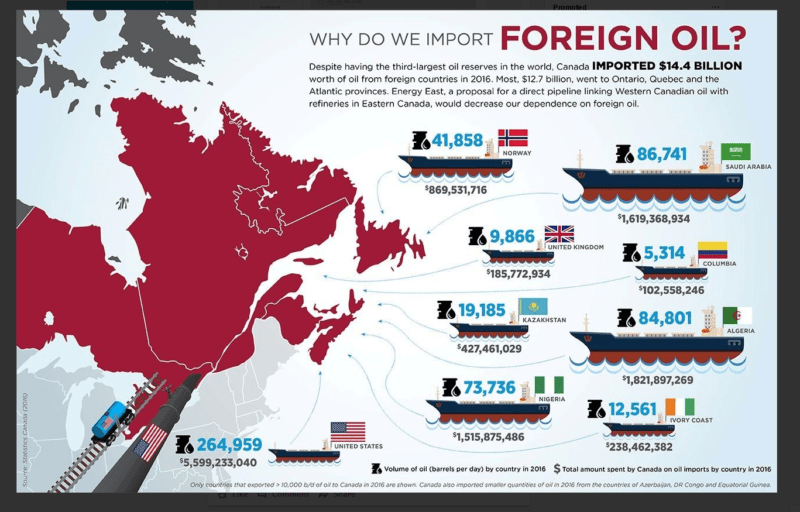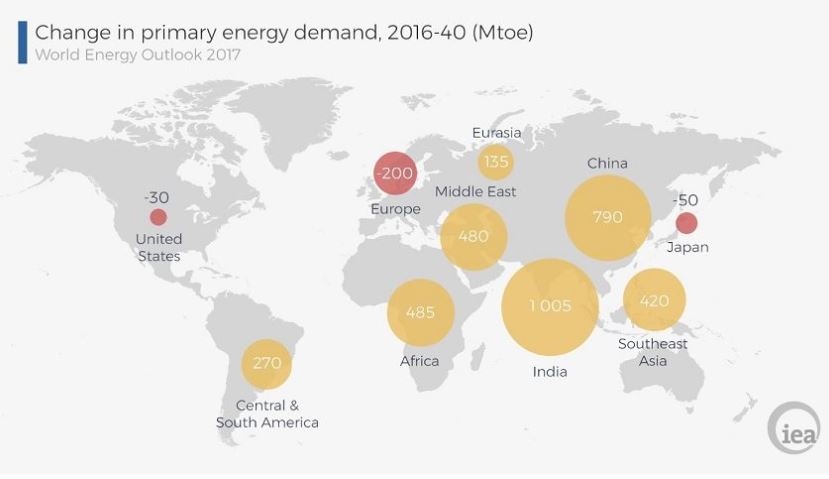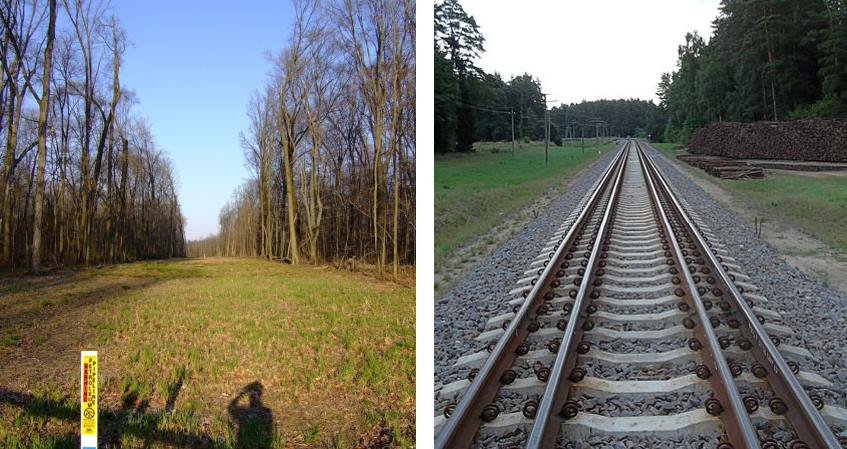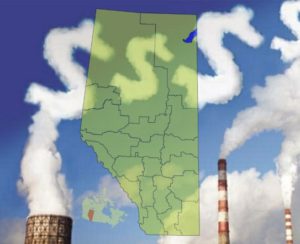10 Things You Didn’t Know About The Oil & Gas Industry in 2018
The Oil & Gas industry has more than its fair share of misinformation directed at it. This site is intended to expose and explore facts and so as part of our new series on the Oil & Gas industry we thought you would like a quick run down of some interesting facts:
- LNG Does Not Burn: Companies compress Natural Gas into what is known as Liquified Natural Gas (LNG) it is much easier to move and store. However, one concern that is often heard relates to how dangerous LNG (think of an LNG tanker as a floating bomb or an LNG pipeline as scary torch), but LNG is safer than nearly any other petroleum product. It will not burn and if it spills it LNG will quickly clean itself up. LNG is incredibly safe. Watch this short fun video:
.
(more…)
- LNG Does Not Burn: Companies compress Natural Gas into what is known as Liquified Natural Gas (LNG) it is much easier to move and store. However, one concern that is often heard relates to how dangerous LNG (think of an LNG tanker as a floating bomb or an LNG pipeline as scary torch), but LNG is safer than nearly any other petroleum product. It will not burn and if it spills it LNG will quickly clean itself up. LNG is incredibly safe. Watch this short fun video:







